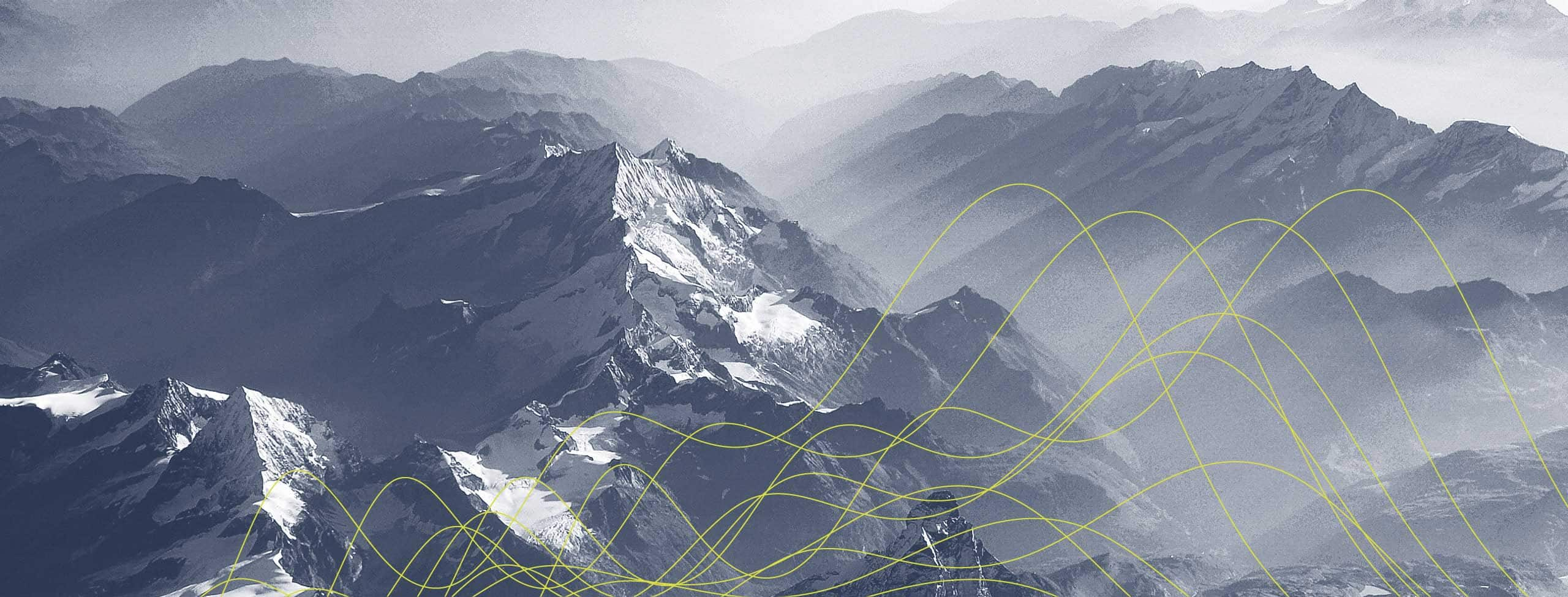The Impact of Escobar and the Procurement Collusion Strike Force on Procurement-Related False Claims Act Settlements
The civil False Claims Act (FCA) has long been a significant enforcement tool available to government authorities and relators. While punishing those seeking to defraud the government for personal gain makes sense, many contractors believe that the government has turned the FCA into an enforcement mechanism under which the government seeks disproportionate damages in cases that merely reflect gaps in contractor compliance programs or that otherwise should be addressed as a breach of contract.
In 2016, the U.S. Supreme Court addressed the viability of the implied certification theory in Universal Health Services, Inc. v. United States ex rel. Escobar. The Court concluded that implied false certification can give rise to liability under the FCA and established a two-part test to assess the “materiality” of implied certifications. The Court provided some guidance as to what constitutes a material false certification, noting that the “materiality standard is demanding” and arguably making it more difficult to establish contractor liability. Many observers hailed Escobar as a defining moment in FCA jurisprudence, predicting significant curtailment in enforcement actions, heavier burdens for plaintiffs, and more potential defenses.
To gauge the impact of Escobar through an objective lens, three attorneys in DLA Piper’s Government Contracts group scrutinized publicly available information related to FCA settlements for procurement-related fraud from 2011 to 2014 and 2018 to 2020. The results of this assessment were recently published in an article in The Procurement Lawyer. Although there are discernable differences from year to year in the number, dollar value, and type of FCA procurement settlements, the team’s analysis demonstrates that the overall landscape has not significantly changed.
Read the full article from The Procurement Lawyer, Volume 57, Number 2, Spring 2022 by the American Bar Association here.
